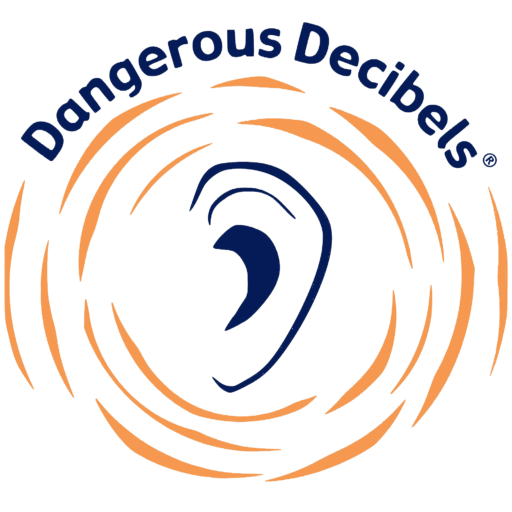Equipment Tips
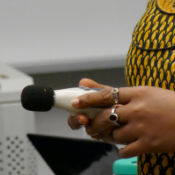
- Make sure to test the batteries and verify the SLM is functional before teaching the program. Always carry extra batteries with you in your kit.
- The meter is set to measure using dBA (the A-weighting is important) .
- The SLM is set to measure in slow response. This makes it easier to read the numbers on the display.
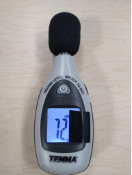 Some SLMs will display the decibels in tenths of a dB; e.g., 89.5 dBA. You can place black electrical or blue tape over the values that occur after the decimal point to make it easier for the students to read whole numbers on the meter. This also helps them remember the dB values.
Some SLMs will display the decibels in tenths of a dB; e.g., 89.5 dBA. You can place black electrical or blue tape over the values that occur after the decimal point to make it easier for the students to read whole numbers on the meter. This also helps them remember the dB values.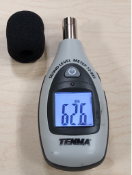 Sound level meters typically have a foam windscreen to cover and protect the microphone. Although they aren’t essential to use in this type of sound level measurement, windscreens do help to keep the microphones clean and protected from damage. If you loose a windscreen the sound level meter is still operational, but may be damaged more easily. The manufacturer does not offer replacement windscreens, so it is best to keep track of them during and after each use.
Sound level meters typically have a foam windscreen to cover and protect the microphone. Although they aren’t essential to use in this type of sound level measurement, windscreens do help to keep the microphones clean and protected from damage. If you loose a windscreen the sound level meter is still operational, but may be damaged more easily. The manufacturer does not offer replacement windscreens, so it is best to keep track of them during and after each use.
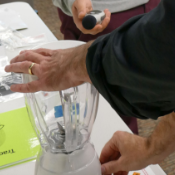
The Dangerous Decibels program has explored the use of other noise sources for this activity, and we continue to find the blender to be the most consistent sound source that works best. It is possible that other sound sources could be used, but it is important that they have specific characteristics to make the activity work well. The “noise” must be at a constantly high sound level and ideally emits a broad spectrum of frequencies. Music is too dynamic and is difficult to measure with a SLM. Others have tried using a blow dryer, but the blowing air flow will cause air turbulence over the microphone and make the sound level measurements inaccurate. If you find another sound source you would like to use, please share your ideas with the Dangerous Decibels online program instructors, as we are always open to new options.
